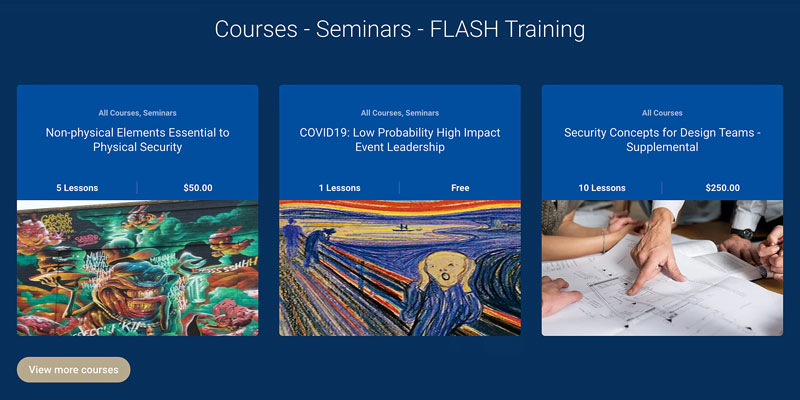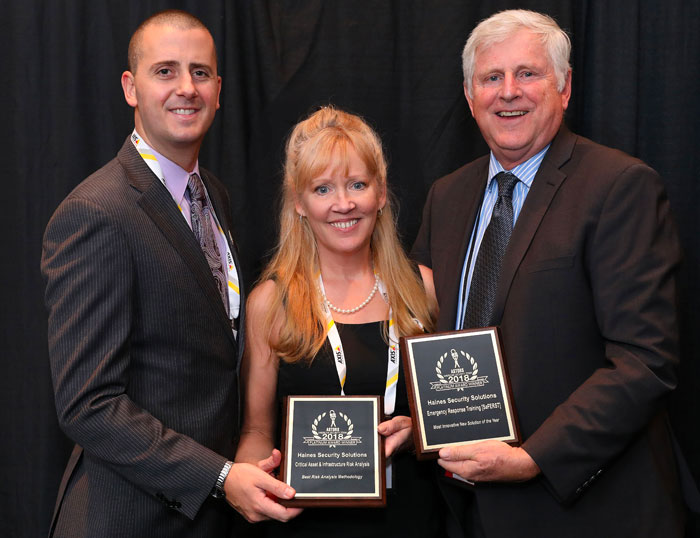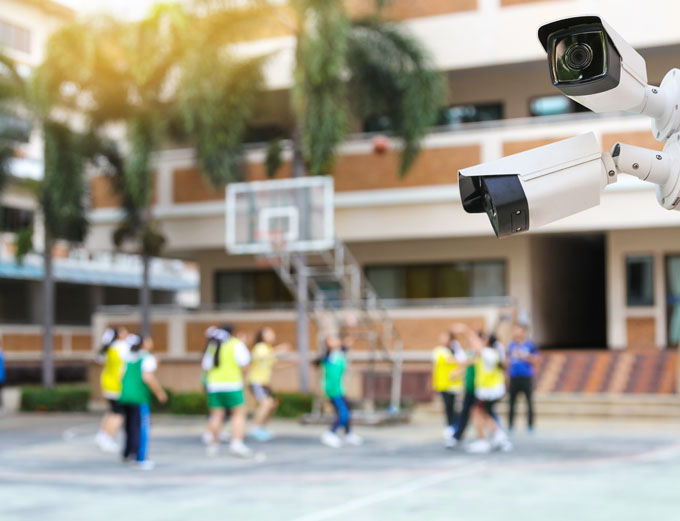
Guest OpEd by Doug Haines, MPSE
Flexibility or adaptability are a must in today’s society.
Whether you’re part of a large organization or a small business owner, it’s the survival of the fittest – and not just financially, but also with the ability to adapt and change without losing core values or changing the mission statement.
Additionally, unparalleled focus will be required – eyes on the long range target while confronting the obstacles that may hinder progress.
To prove my point, I would like to quote Anand Mahindra, CEO of the Mahndra Group from his convocation speech at IIM Admendabad University in 2014.
He said, “If the old competitive landscape could be compared to a placid river upon which giant barges had right of way, think of this new disruptive and unpredictable competitive environment as white water rapids, which are better suited to small and nimble kayaks that can maneuver between the shifting currents.”

“Evolution is now favoring the small and the agile, and the old barriers to entry are fast eroding.”
“I say again, the age of entrepreneurship is upon us, and I urge you to embrace it.”
“Not just because of the economic rewards that lie in store for you, but also because your innovation could provide the much needed answers to the many problems that still snap at our heels.”
“This country is crying out for better healthcare, education, nutrition, water and sanitation.”
“Your creativity can provide opportunity for you to do well even as you do good.”
In 2018 it was estimated that there were 22 billion devices connected to the internet.
In 2021 maybe as many as 46 billion and in 2025 it’s expected to be in the neighborhood of 75.4 billion.
To give these numbers some context, just imagine that a million minutes in time is equal to 694.4 days ago (almost two years).
-
A billion minutes would be around the time that Jesus was alive.
-
A billion hours ago our ancestors were living in the Stone Age and a billion days ago was before Homo sapiens had evolved.
-
So, wrap your mind around 46 times that by next year.
-
Needless to say, there will be tremendous opportunities and challenges both in the short and long term.
The growth of IP based surveillance and convergence provides powerful platforms in transforming the security industry.
It had been estimated that by the end of 2017, twenty percent of organizations would have added digital security services devoted to protecting business initiatives which use devices or IOT services.
Add to this the transformation, the transition from the office work environment to those who will now work from home permanently to this mix.
They say, about twenty percent of jobs will permanently transfer remotely from an office environment.
I believe in the next few years that percentage will be much, much higher and maybe even as high as seventy percent as some are predicting.
(Kevin O’Leary, chairman of O’Shares ETFs and co-host of “Shark Tank,” joins “Squawk Box” to discuss where he thinks the future of work is heading in the aftermath of the coronavirus pandemic. Courtesy of CNBC Television and YouTube. Posted on May 29, 2020.)
The dawning of a new age of unlimited possibilities with burgeoning technologies and new ways of doing it on the not too distant horizon has now been accelerated forward.
Look at what’s happened in just the last three months of stay-at-home.
Sure it’s not all “doom and gloom”, the economy will recover.
We will go back to hugging one another and the business handshake will come back.
Our normal will return – it will just look different; i.e., handshakes with sanitizers or disposable “handshake gloves”.
Who knew that there would be an “app” that would tell you if you’re sitting too close to someone who has had the virus on your morning commute.
Look at the software upgrades made to distant learning and virtual meetings – upgrades so that you truly can attend a meeting in your underwear (trying not to picture that).
But seriously, we will see significant changes in the way we conduct our daily lives and particularly with the way we interact with each other.
And that’s not necessarily a bad thing; hopefully, there will be more compassion as we try to correct and eliminate some of the injustices that plague our collective well-being – homelessness, economic inequality, crime, housing and food shortages, etc.
It will also take some time in order to assess the true impact of kids not goofing around by passing notes in class or playing tag on the playground.
That said, I can’t think of a better time to be alive.
Businesses that choose to transfer their operations from office to home will require better local access to technologies.
This reliance will come with challenges, as home systems are usually not as robust or sophisticated as those at work and security protocols will need development.
On the other hand less reliance on technologies within the society environment will allow better citizenship both at work and at play.
In the smart cities context – smart means the reduction of technological and energy inefficiencies.
We can take it a step further and say that it means, creating public and private spaces where people feel safe in conducting daily activities and where they want to raise their families.
On the road ahead opportunities abound as we connect technologies that allow for “predictive analysis and not the standard “responsive analytics” of the past.
Adaptions in cellphone usage will allow continuous connectivity and authentication.
These innovations will allow localized artificial intelligence and change everyday life from access control, to business procedures to daily housekeeping chores.
That’s all well and good, but we can’t forget about the human elements in using technologies, as these technologies become more invasive.
More invasive technologies; i.e., biometrics, drones and robotics, data collection by both the private and government sectors and the mining of this data for gain – commercially, financially, politically or socially.
Non-electronic technologies will become less invasive as we control people’s behaviors by effectively designing the environment that surrounds them.
(What is Designing Out Crime? Learn more about how design can be used to tackle crime and social problems in our community through this long running initiative between the University of Technology Sydney and the NSW Department of Justice. Courtesy of the UTS Design Innovation research centre and YouTube. Posted on May 16, 2019.)
Controlling the environment to force people to do what we want them do, because anything other will result in detection is key.
We can use research that tells us that people don’t like security measures that are visible and in their face.
The “big dog” approach causes anxiety and stress, is carried over and continues throughout a life-time.
Crime prevention and security engineering are synonymous with social engineering.

Better community involvement through programs that create reusable space, utilizing ‘designing crime out principles’ (adapting environmental design principles for crime prevention), also known as Crime Prevention Through Environmental Design (CPTED), and government regulation.
The basic concept of CPTED is if we can design the space so that it is almost always under observation “bad actors” won’t act badly.
Today’s society is extremely complex and interconnected; therefore, interdisciplinary activities are paramount.
Companies that manufacture products will need architects, sociologists and Human Resource folks on their product teams.
Since the public will rely on better physical security governance and stewardship, we can’t allow the loss of the human element in technology applications and usage.
At the same time a better understanding of how this “tool” called technology affects behaviors is essential.
Since technology is moving so fast it may be hard to catch up or to even stay abreast of it.
Add to that the ever changing adaptive threat environment and the sophisticated evolution of these threats to our society.
These four factors are foremost in our minds:
-
Technology is moving at break-neck speeds so the physical space must not rely on them to deter or prevent unwanted activities from occurring
-
Threats are evolving, they’re more sophisticated and complex
-
The public wants a softer approach that is less of a burden or tax, yet just as secure
-
Technology allows for a different way of learning, embrace it.
Our on-line curriculum at Haines’ Security Design School (HSDS) keeps these four concepts in mind and teaches how to apply security design strategies that are less-intrusive on the environment and less-stressful to people using the space, yet are still as effective as traditional in-your-face countermeasures.
HSDS consists of three components; Courses, Seminars and FLASH Training.

Courses and seminars are self-study for a fee, while FLASH training is free for a time. You can sign-up at https://www.courses.hainessecuritysolutions.com .
That said, we continue to offer mobile training teams (MTT) to bring our award winning training to your location.
All you need to do is provide the venue (standard conference or training room), let us know what training you prefer and the dates.
We’ll work out special pricing for you based on the anticipated number of attendees and show up. If you want to bring the instructors donuts, that’s okay too.
I’d like to close with more from Dr. Mahindra’s speech. He went on to say, “If one of you does not build a new age company that will command the admiration of the globe, then who will?”
“Yes, many of you who try to be entrepreneurs will fail.”
“But the failure to try, the failure to take any risk is perhaps the greatest failure of all.”
“On the other hand, if you learn to celebrate the learnings that come from failure, then I guarantee you that success will eventually come, and that however enjoyable a time you’ve had in college and here at IIM, your best days will indeed lie ahead of you.”
“As you continue your journey, one thing you can count on, the rules of the game are going to change.”
“Make sure you’re the one changing them.”
About the Author
Doug Haines, owner of Haines Security Solutions, LLC (HSS), is a United States Air Force veteran with over 45 years of law enforcement and security related experience, which includes teaching building design principles to architects, engineers, facility managers, planners, and security professionals.

He is a distinguished judge on the Annual ‘ASTORS’ Homeland Security Awards Judges Panel, and a regular expert contributor to AST, sharing his years of experience and insights with our 75K+ readers.
Doug’s company HSS, is recognized as a center of expertise within the security community for risk assessment, providing services for many federal; State, local government agencies and private companies around the globe, and is a founding member of International Centers of Security Training Excellence (ICSTE).
Learn More…
Don’t Surrender to Fear: New Book – ‘The Solutions Matrix’ by Doug Haines

















